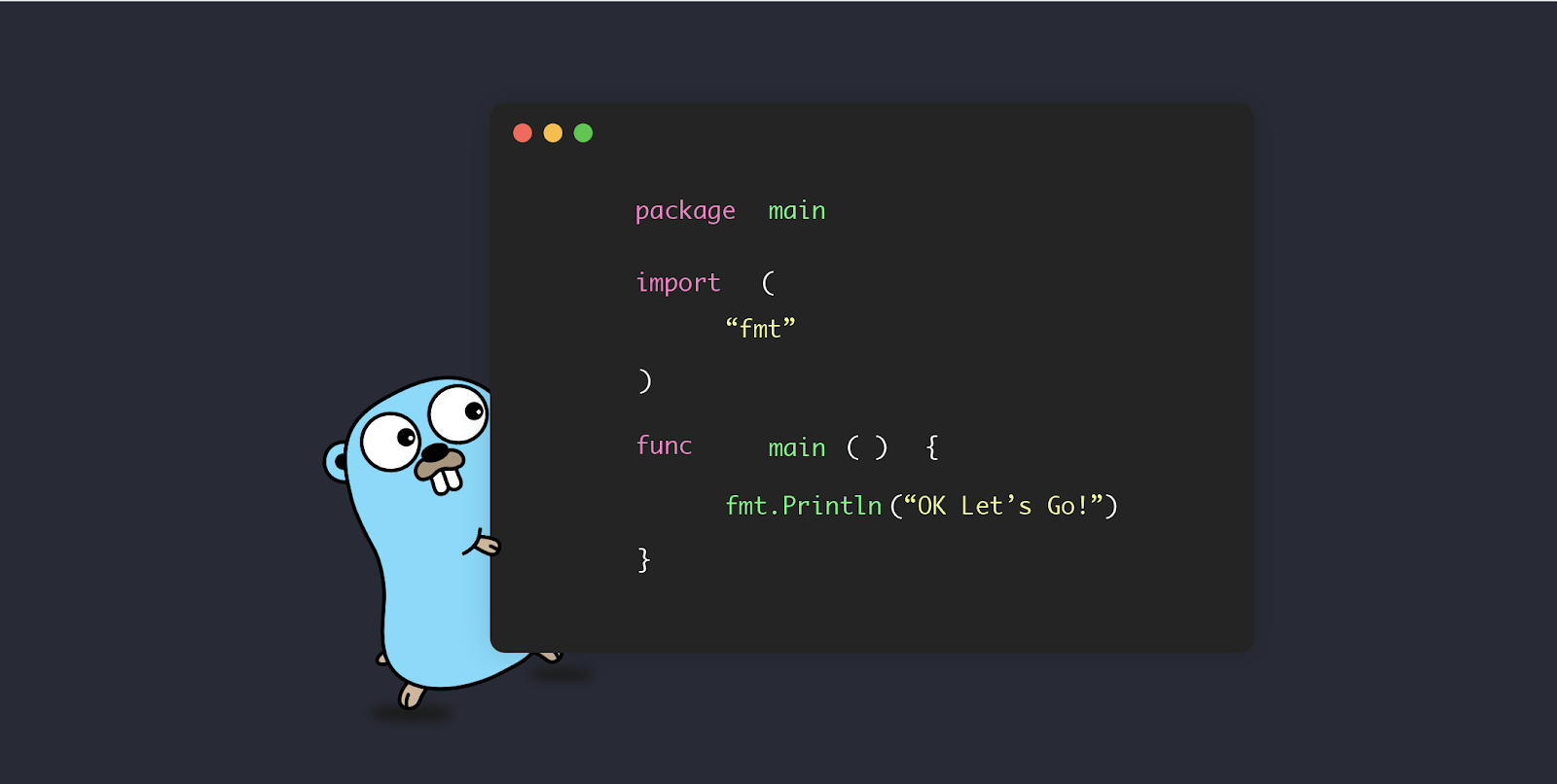Type assertions are a fundamental and powerful feature in the Go programming language, often referred to as Golang. They enable you to work with interfaces and handle values of unknown types, adding flexibility and precision to your code. In this blog, we'll dive deep into the world of type assertions in Go, covering their definition, use cases, syntax, advantages, and best practices. Whether you're new to Go or looking to master type assertions, this guide will help you unlock their potential.
What Are Type Assertions?
In Go, a type assertion is a mechanism that allows you to extract and convert the concrete value underlying an interface into its original data type. Type assertions are essential when working with interfaces, as they provide a way to access and manipulate values of unknown types.
Here's the basic syntax of a type assertion in Go:
value, ok := someInterface.(T)-
value: The variable that will hold the underlying value if the assertion is successful. -
ok: A boolean that indicates whether the assertion was successful or not. -
someInterface: The interface variable you want to extract the value from. -
T: The target data type you expect the value to be.
Use Cases for Type Assertions
Type assertions in Go are incredibly versatile and find use in various scenarios, including:
-
Working with Interfaces: When you need to access the concrete values stored in interfaces and perform operations specific to their types.
-
Reflective Operations: In situations that require reflective operations (e.g., using the
reflectpackage), as type assertions are the foundation of reflection. -
Dynamic Typing: For situations where you need to handle values of unknown types dynamically.
-
Error Handling: In error handling, especially when dealing with custom error types that implement the
errorinterface. -
JSON and XML Parsing: When parsing JSON or XML data where you want to unmarshal values into specific Go types.
Advantages of Type Assertions
Type assertions offer several advantages in Go:
-
Type Safety: They provide a safe way to work with values from interfaces, ensuring that you're dealing with the expected data types.
-
Flexibility: Type assertions add flexibility to your code, allowing you to handle values of unknown types dynamically.
-
Reflective Operations: They are crucial for reflection in Go, enabling you to inspect and manipulate values at runtime.
-
Error Handling: In error handling, type assertions help you identify and handle specific error types effectively.
-
JSON and XML Parsing: For parsing structured data like JSON and XML, type assertions facilitate unmarshaling values into Go types.
Best Practices for Using Type Assertions
To make the most of type assertions in Go, consider the following best practices:
-
Check for Success: Always check the boolean value returned by the type assertion to ensure that it was successful. Failing to do so can lead to runtime panics.
-
Use Switch Statements: When dealing with multiple types, prefer using a type switch (
switch v := value.(type)) to handle different cases concisely. -
Document Intent: Clearly document the purpose and expected types when using type assertions in your code to make it more understandable to others.
-
Avoid Overuse: While type assertions are powerful, avoid using them excessively. Favor strong typing and interfaces when possible to maintain code clarity.
-
Error Handling: In error handling, use type assertions to check and handle specific error types to provide meaningful error messages.
Conclusion
Type assertions are a crucial tool in Go for working with interfaces and handling values of unknown types. By understanding how to use type assertions effectively and following best practices, you can write code that is not only powerful but also safe and maintainable. Whether you're building web applications, system-level utilities, or complex data processing pipelines, type assertions are a valuable asset in your Go developer toolkit.
